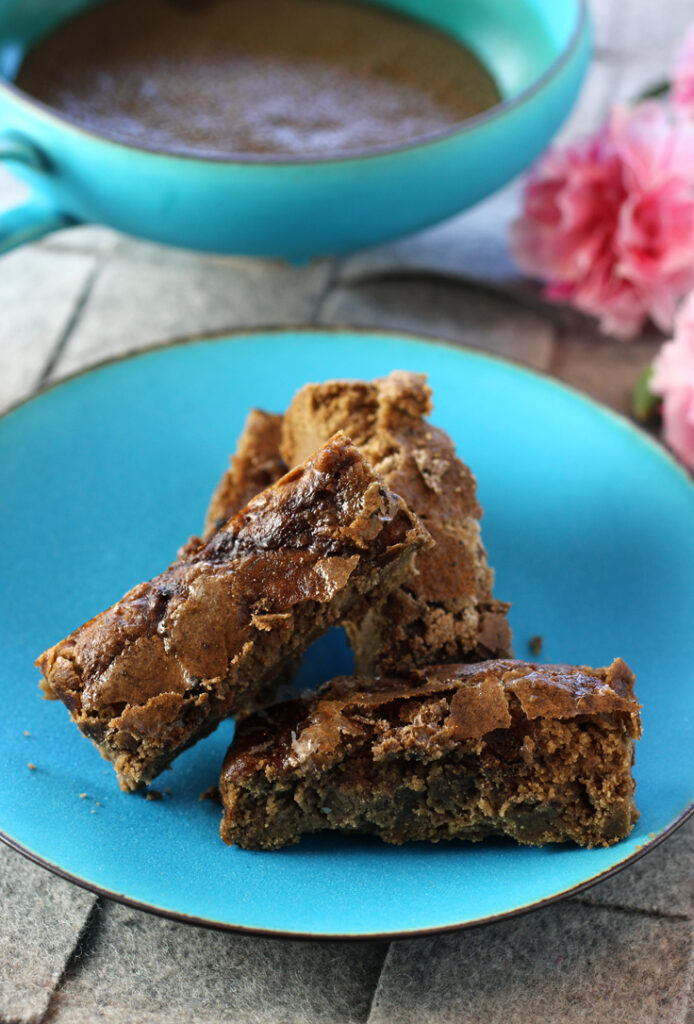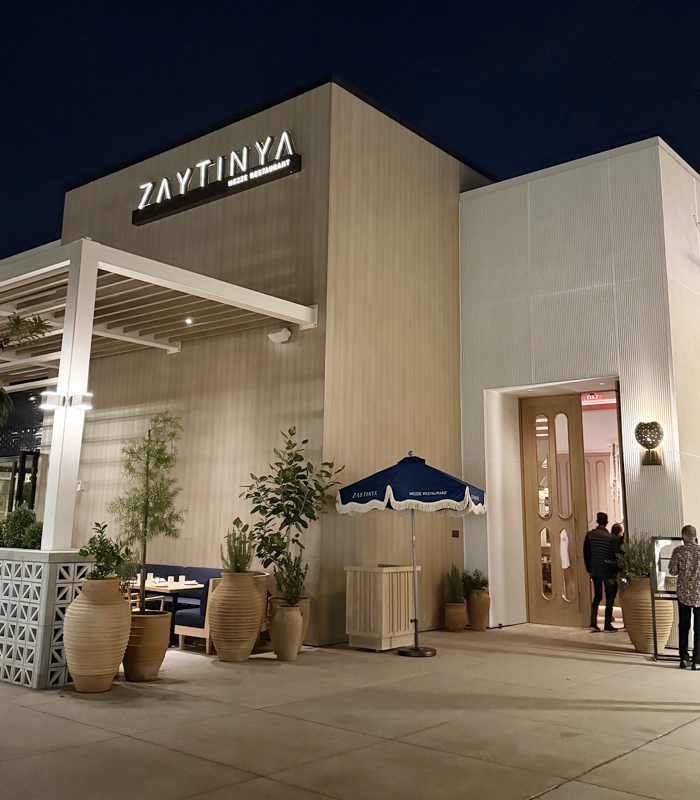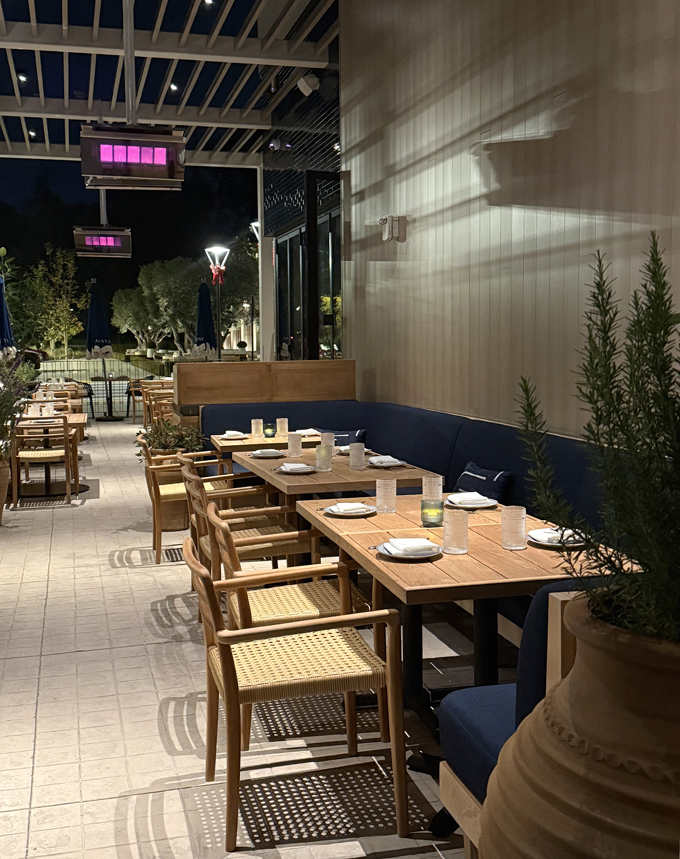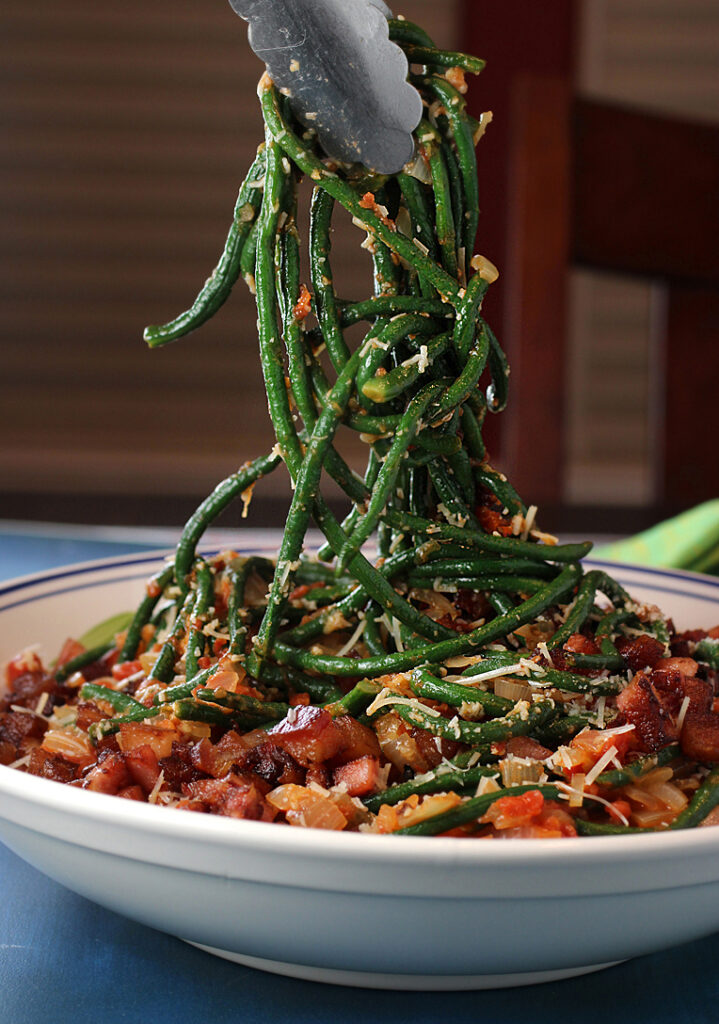What to Read
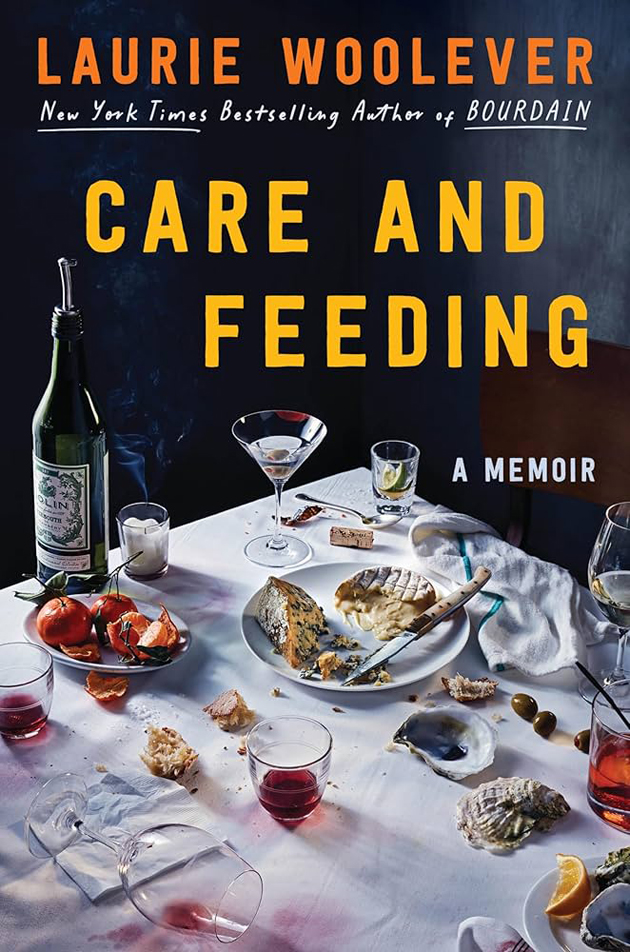
“Care and Feeding: A Memoir”
Do you fantasize about being an assistant to a celebrity chef?
Read “Care and Feeding: A Memoir” (Ecco), of which I received a review copy, by Laurie Woolever and you will probably have second thoughts.
Woolever is a writer and editor who has written about food and travel for the New York Times, Food & Wine and GQ. She also was an assistant to the late-great Anthony Bourdain and to the now irreputable chef Mario Batali.
No surprise, Bourdain comes off as a thoughtful and professional boss while Batali’s antics are as lecherous and unseemly as you imagine.
But when it comes to telling all, Woolever doesn’t spare herself, either. Indeed, her writing is raw and unflinching as she describes this period in her life, where drugs, booze, and extramarital affairs nearly did her in.
Thankfully, as the title implies, she finally learns the importance of taking care of herself first, and in so doing, emerges as the respected and successful writer she was meant to be.
“I’m Not Trying To Be Difficult: Stories From the Restaurant Trenches”
He is one of the most storied restaurateurs in the country, having opened such iconic New York establishments as Tribeca Grill, Nobu New York City, Nobu Next Door, Batard, and Montrachet.
Read more
